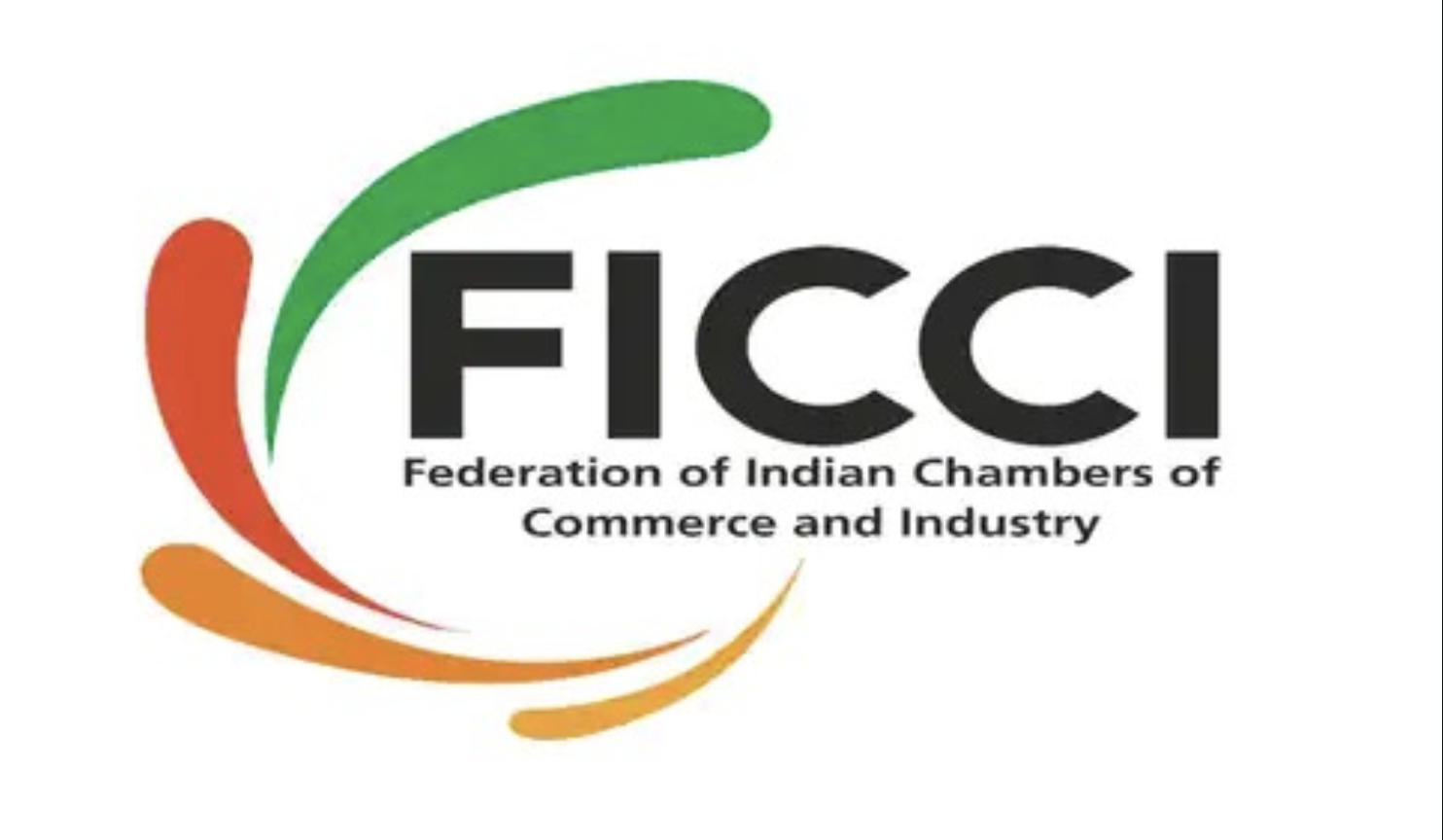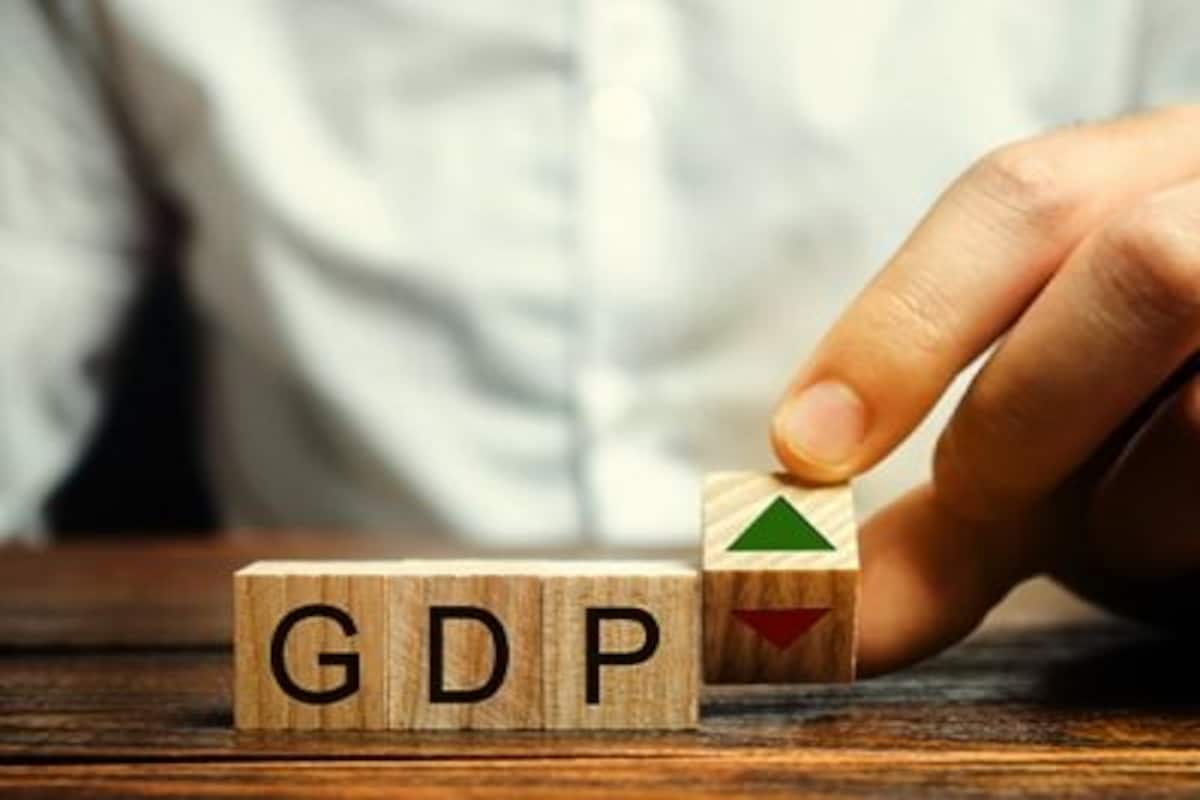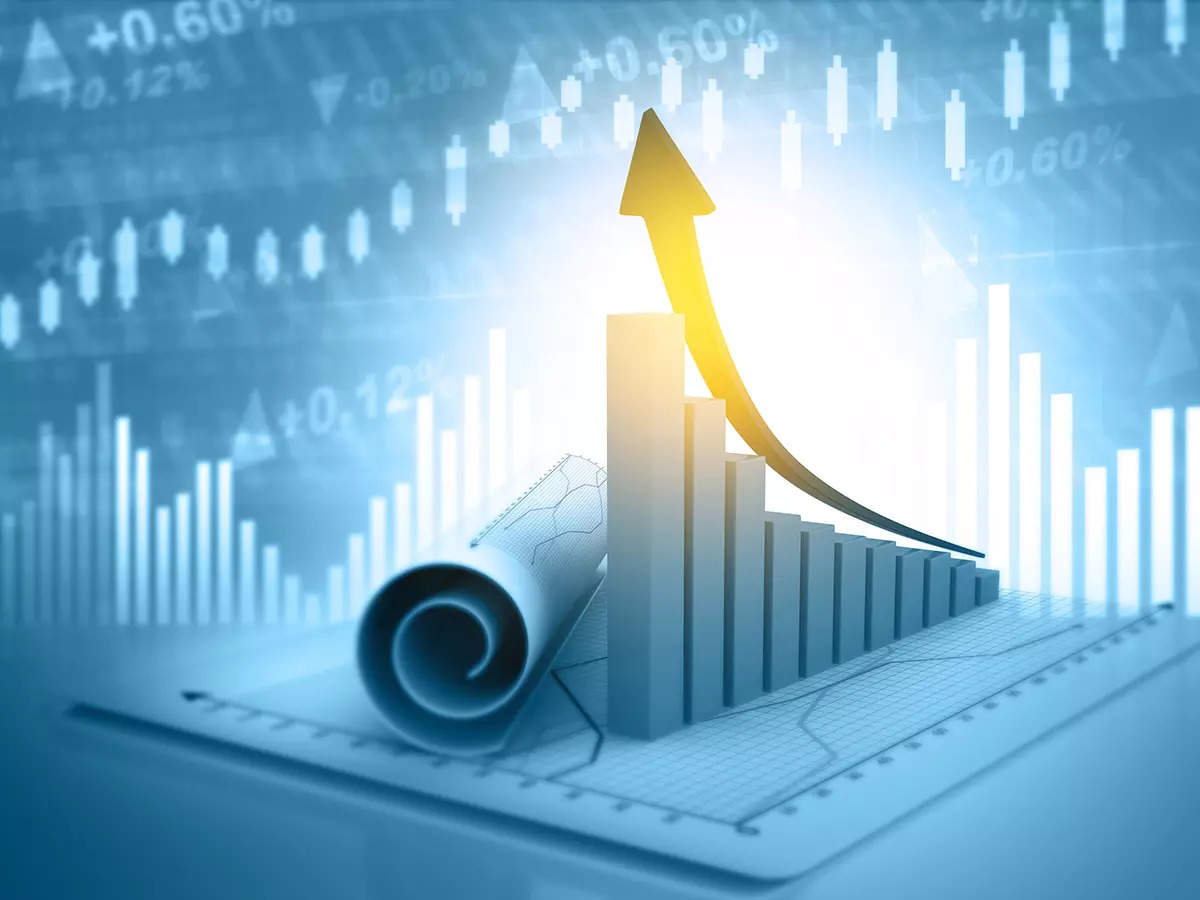India’s Projected FY24 Growth 6.3% as per FICCI Survey

India’s Projected FY24 Growth 6.3% as per FICCI Survey
The Federation of Indian Chambers of Commerce and Industry (FICCI), one of India’s leading industry associations, recently released its annual economic survey for the fiscal year 2023-24.
The survey projects that India’s economy is poised for a significant rebound, with an expected growth rate of 6.3%. This forecast comes after a period of economic challenges caused by the COVID-19 pandemic and other factors.

The COVID-19 pandemic wreaked havoc on economies worldwide, and India was no exception. The country experienced a sharp economic contraction in the fiscal year 2020-21.
According to a poll released on Monday by industry group Ficci, India’s economic growth is predicted to be 6.3% between 2023 and 2024 due to the financial sector’s strong performance and an increase in private investment, even if there are still downside concerns.

According to the chamber, the most recent round of Ficci’s Economic Outlook Survey estimates annual median gross domestic product (GDP) growth for 2023–24 at 6.3%, with lowest and highest growth estimates of 6% and 6.6%, respectively.
Agriculture and related activities are expected to rise by 2.7% on average between 2023 and 2024. This is a slowdown compared to growth of roughly 4% reported in 2022–2023.
This monsoon’s rainfall has been distributed spatially differently as a result of the El Nino influence. In contrast, the study predicts that the industry and services sectors will rise by 5.6% and 7.3%, respectively, in the current fiscal year.
The results of the study indicate that after reaching a four-quarter high growth of 7.8 percent in Q1 2023–24, median GDP growth is expected to dip down to 6.1% and 6% in Q2 and Q3, respectively.
However, with the rollout of vaccination campaigns and the gradual easing of lockdown restrictions, India’s economy began showing signs of recovery in FY21-22. The FICCI survey predicts that this recovery will gain momentum in FY24.
Factors Driving the Growth
- Government Initiatives: The Indian government has introduced several initiatives to boost economic growth, such as the Atmanirbhar Bharat Abhiyan (Self-Reliant India Mission) and the Production-Linked Incentive (PLI) scheme. These programs aim to promote domestic manufacturing, attract foreign investments, and create jobs, all of which are expected to contribute to GDP growth.
- Export Growth: India’s exports have been on an upward trajectory, driven by strong demand in key international markets. The global economic recovery has led to increased demand for Indian goods and services, particularly in sectors like information technology, pharmaceuticals, and agriculture.
- Infrastructure Development: The government’s focus on infrastructure development through projects like the National Infrastructure Pipeline (NIP) is expected to enhance the country’s transportation, logistics, and energy sectors. Improved infrastructure can boost productivity and attract investment.
- Consumer Spending: As the pandemic subsides and consumer confidence grows, consumer spending is likely to rise. This can stimulate demand across various sectors, including retail, hospitality, and entertainment.

While the outlook for India’s economy appears positive, there are challenges that need to be addressed to ensure sustainable growth:
- Inflation: Rising inflationary pressures can erode consumer purchasing power and affect overall economic stability. The government and the Reserve Bank of India (RBI) will need to implement effective monetary and fiscal policies to manage inflation.
- Unemployment: Despite economic growth, the unemployment rate remains a concern. Ensuring job creation and skill development will be crucial to harnessing the demographic dividend and reducing poverty.
- Fiscal Consolidation: Managing fiscal deficits while maintaining public spending to support growth is a delicate balancing act. The government must continue its efforts to rationalize subsidies and boost revenue collection.
- External Shocks: India’s growth can be affected by global events, such as changes in commodity prices, geopolitical tensions, or the trajectory of the pandemic in other countries. Building resilience in the face of external shocks is essential.
The FICCI survey’s projection of India’s economy growing at 6.3% in FY24 is a promising sign of the country’s recovery from the challenges posed by the COVID-19 pandemic.
)
The combination of government initiatives, export growth, infrastructure development, and increased consumer spending is expected to drive this growth.
However, India must also address challenges like inflation, unemployment, fiscal consolidation, and external shocks to ensure sustained economic prosperity.
As India continues on its path to recovery and growth, it remains a focal point for global investors and a beacon of hope for a brighter economic future.





